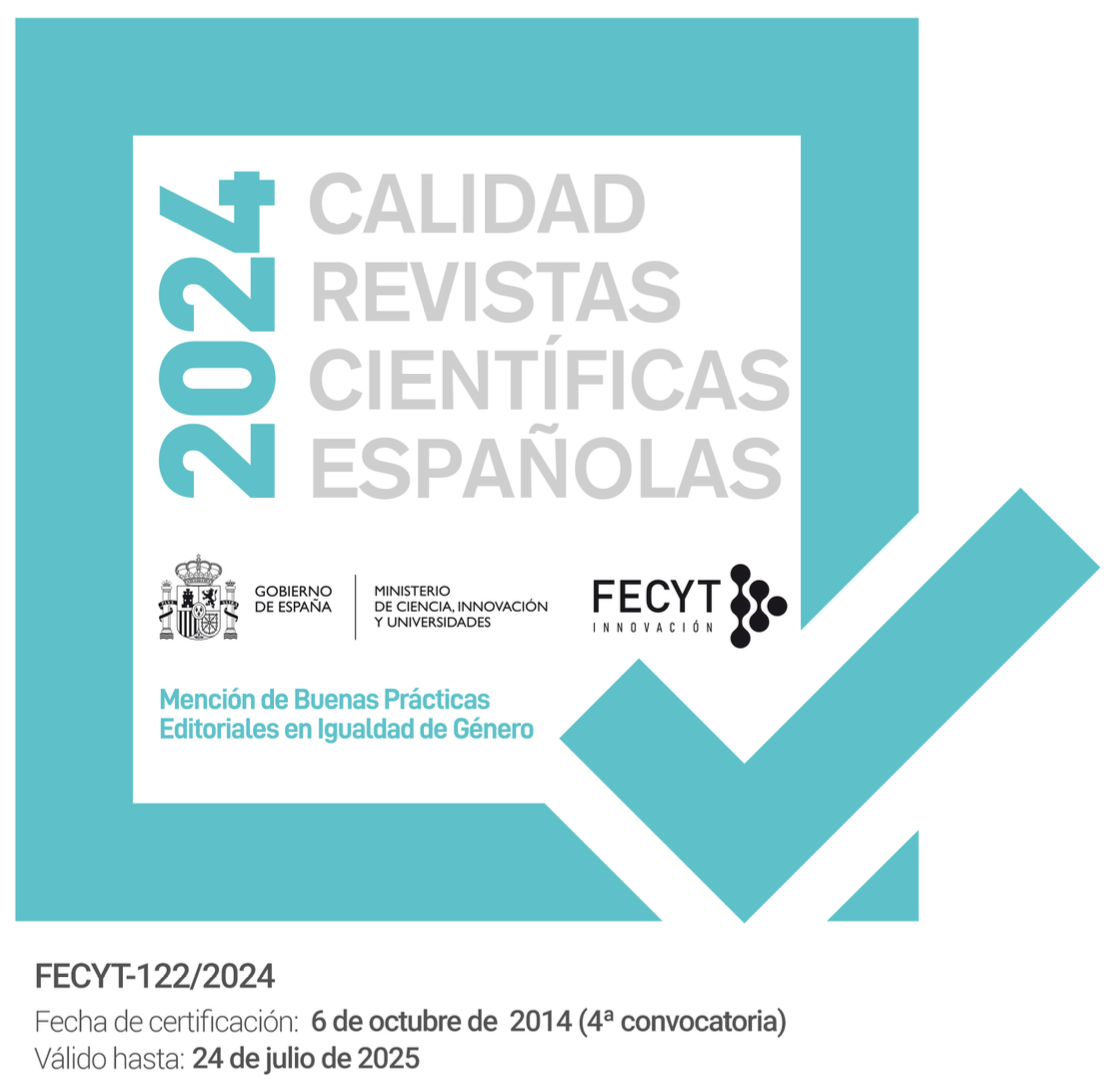Returning Home versus Movement without Return: A Levinasian Reading of John Banville’s The Sea
Abstract
Taking as its starting point the contrast Emmanuel Levinas outlines between returning to consciousness as homecoming and the theory of the trace of the other as a movement towards alterity, or a movement without return, this paper analyses how the narrative configuration of John Banville’s The Sea (2005) shows an internal dialectic between an inner and an outer movement. It centres on the study of Max and his wife Anna, the protagonists of the novel, as fictional impersonations of this dual dynamic. Framed within the Levinasian perception of totality as the reduction of the other to the same, this paper envisions Max’s return home as a totalising journey that constitutes individuality. Parallel to Max’s inner exploration, it regards Anna’s photographs of her fellow patients during her stay at the hospital—as a terminal stomach cancer patient—as a representation of Levinas’ conceptualisation of infinite responsibility for the other. By merging the philosopher’s theory of the trace of the other with Walter Benjamin’s theory of the optical unconscious and Roland Barthes’ photographic concept of the punctum, it will be shown how Anna’s pictures call for new social ethical narratives around terms of social integration and equality for disabled people that could dismantle restrictive, and in Levinas’ terms, ontological conceptions of normality.
Keywords: John Banville; The Sea; Levinas; home; trace of the other; disability




